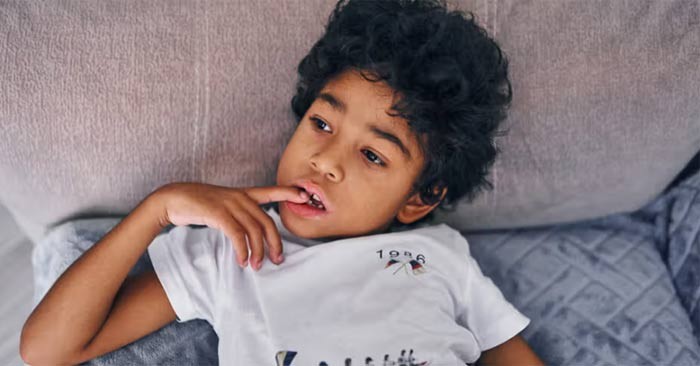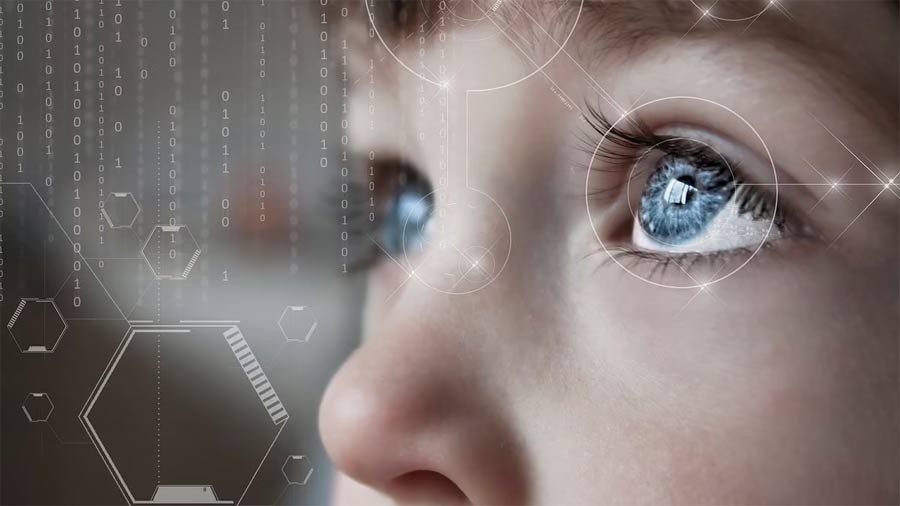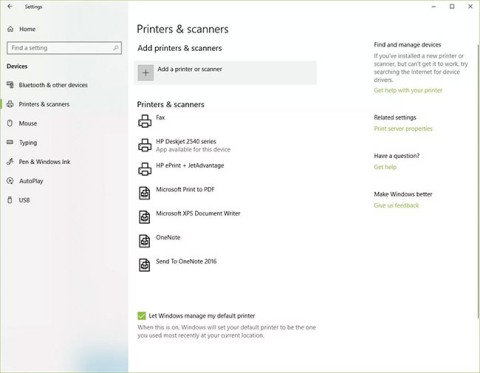How to regain access to hard drive, fix error of not being able to open hard drive

In this article, we will guide you how to regain access to your hard drive when it fails. Let's follow along!
Using facial features to detect autism is a growing area of research. While it can aid in diagnosis, much of the research remains unreliable.

If you live with autism spectrum disorder (ASD) or suspect you have autism, getting a diagnosis can be difficult. Researchers and clinicians are constantly looking for ways to diagnose conditions like autism more effectively and accurately.
People with autism may have facial features that are different from the average person. If autism is diagnosed by looking at an individual's facial features, this can help speed up diagnosis and get the support they need sooner.
Do autistic people have distinctive facial features?
Yes, some research supports the idea that people with autism have a specific set of facial features. A 2019 study of autistic children found two facial signs that help identify autism; a reduced height of the midline of the face and wide-set eyes.
This study had a small sample size and was conducted only with white children. Due to the limitations of the study, it lacks reliability.
Additional research on facial features in children with autism supports the findings of the first study, suggesting that facial features of autism include:
The authors also suggest that differences in the brain development of people with autism may produce different facial features. Using physical cues to help detect autism is a growing area of research.
It's important to note that because research in this area is limited, seeing these facial features does not mean you have autism. You can still have autism even if you don't have them.
Diagnosis of autism in children today is often based on observational tools that assess social and cognitive development. There are currently two main tools that help diagnose autism:
Can facial features help diagnose autism?
The answer is yes. However, they should not be relied upon solely to diagnose autism. A 2022 study looked at several models that aimed to detect autism using facial features and found that many of them could detect autism with 86%–95% accuracy. The researchers suggest that computational tools that can detect faces could help doctors make diagnoses.

Physical characteristics of people with autism
There is little or no research into other physical features of autism that help detect the condition. There are notable features that may prompt parents to have their child evaluated for autism at an early age.
Early signs of autism include:
In this article, we will guide you how to regain access to your hard drive when it fails. Let's follow along!
Dental floss is a common tool for cleaning teeth, however, not everyone knows how to use it properly. Below are instructions on how to use dental floss to clean teeth effectively.
Building muscle takes time and the right training, but its something anyone can do. Heres how to build muscle, according to experts.
In addition to regular exercise and not smoking, diet is one of the best ways to protect your heart. Here are the best diets for heart health.
The third trimester is often the most difficult time to sleep during pregnancy. Here are some ways to treat insomnia in the third trimester.
There are many ways to lose weight without changing anything in your diet. Here are some scientifically proven automatic weight loss or calorie-burning methods that anyone can use.
Apple has introduced iOS 26 – a major update with a brand new frosted glass design, smarter experiences, and improvements to familiar apps.
Yoga can provide many health benefits, including better sleep. Because yoga can be relaxing and restorative, its a great way to beat insomnia after a busy day.
The flower of the other shore is a unique flower, carrying many unique meanings. So what is the flower of the other shore, is the flower of the other shore real, what is the meaning and legend of the flower of the other shore?
Craving for snacks but afraid of gaining weight? Dont worry, lets explore together many types of weight loss snacks that are high in fiber, low in calories without making you try to starve yourself.
Prioritizing a consistent sleep schedule and evening routine can help improve the quality of your sleep. Heres what you need to know to stop tossing and turning at night.
Adding a printer to Windows 10 is simple, although the process for wired devices will be different than for wireless devices.
Diet is important to our health. Yet most of our meals are lacking in these six important nutrients.
You want to have a beautiful, shiny, healthy nail quickly. The simple tips for beautiful nails below will be useful for you.
Students need a specific type of laptop for their studies. It should not only be powerful enough to perform well in their chosen major, but also compact and light enough to carry around all day.













